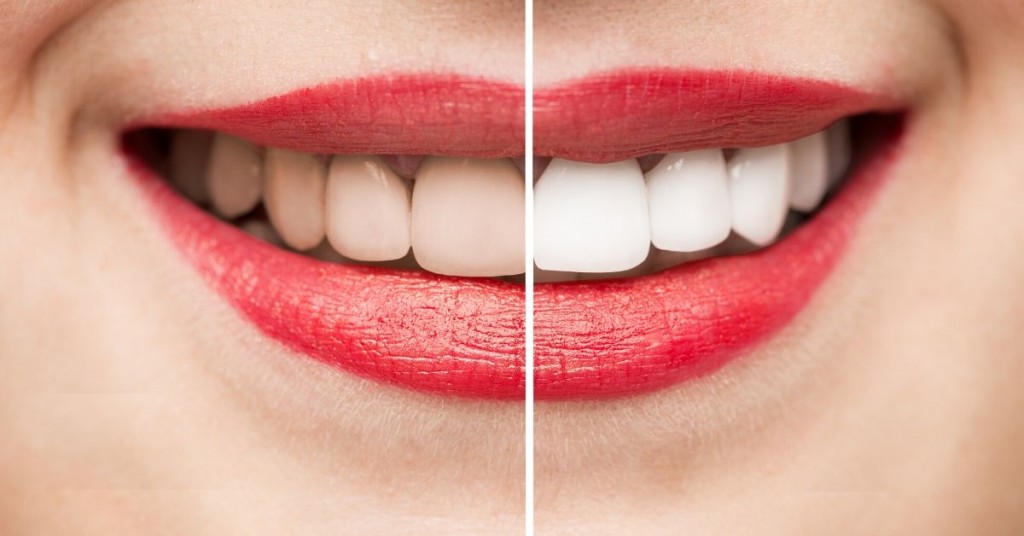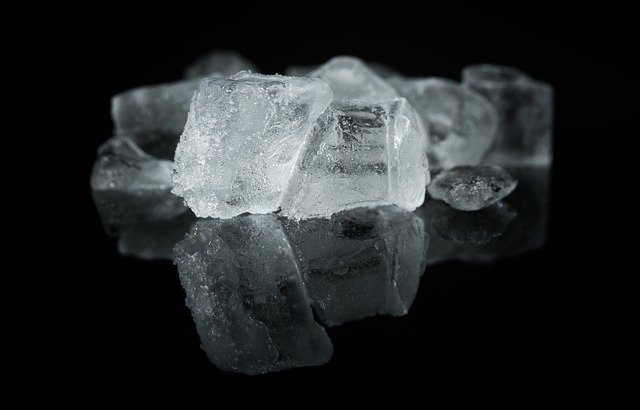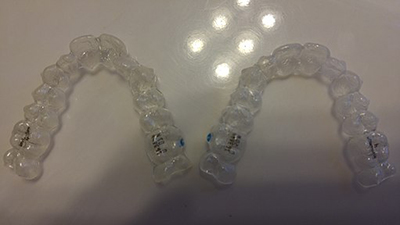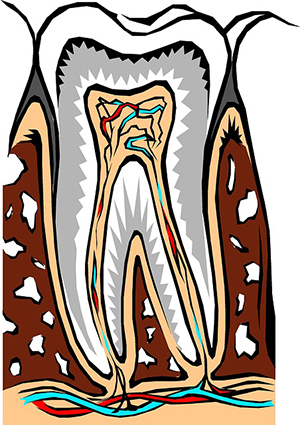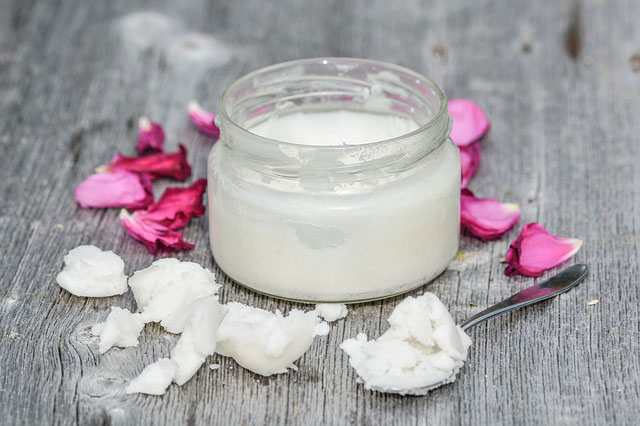When your pearly whites are glistening and clean, people notice. They also notice if your teeth are dingy and yellow. Lifestyle choices and genetics can affect the color of our teeth, but teeth whitening products can make them look as white as fresh snow. But, is teeth whitening safe? How Do Teeth Become Discolored? Teeth […]
Read MoreDentistry
Is Chewing Ice Bad for Your Teeth?
“A habit is a shirt made up of iron”, it’s hard to take it off. A common bad habit is chewing on ice. If you often find yourself chewing ice, you can rest easy that you are not alone. Some people do it compulsively when enjoying a drink, while others may crave it. In more […]
Read MoreAm I A Good Candidate for Invisalign Clear Braces?
Invisalign clear braces do the same exact thing as regular metal braces. They correct dental problems such as crooked teeth, overbites, and underbites. However, they do it with one very big difference – they’re nearly invisibile! They work just like regular braces, but are much more comfortable and easy to wear, giving you a one-of-a-kind […]
Read More5 Things to Know About Root Canal Treatments
A root canal is a common dental procedure, with about 15.1 million root canals performed every year. However, still, it is one of the most feared dental procedures out there. If you or someone close to you requires a root canal, then you have landed on the right page. Below are five things you should […]
Read More5 Things You Should Know About Oil Pulling
Oil pulling is a not a new concept. Reports indicate that oil pulling has existed for thousands of years; however, it has reached a mainstream audience only recently. What is oil pulling? It’s a simple technique that involves swishing a specific type of oil for about fifteen to twenty minutes before spitting it out. But […]
Read More